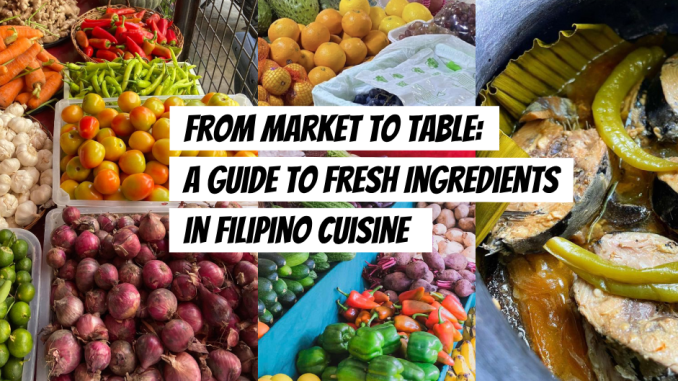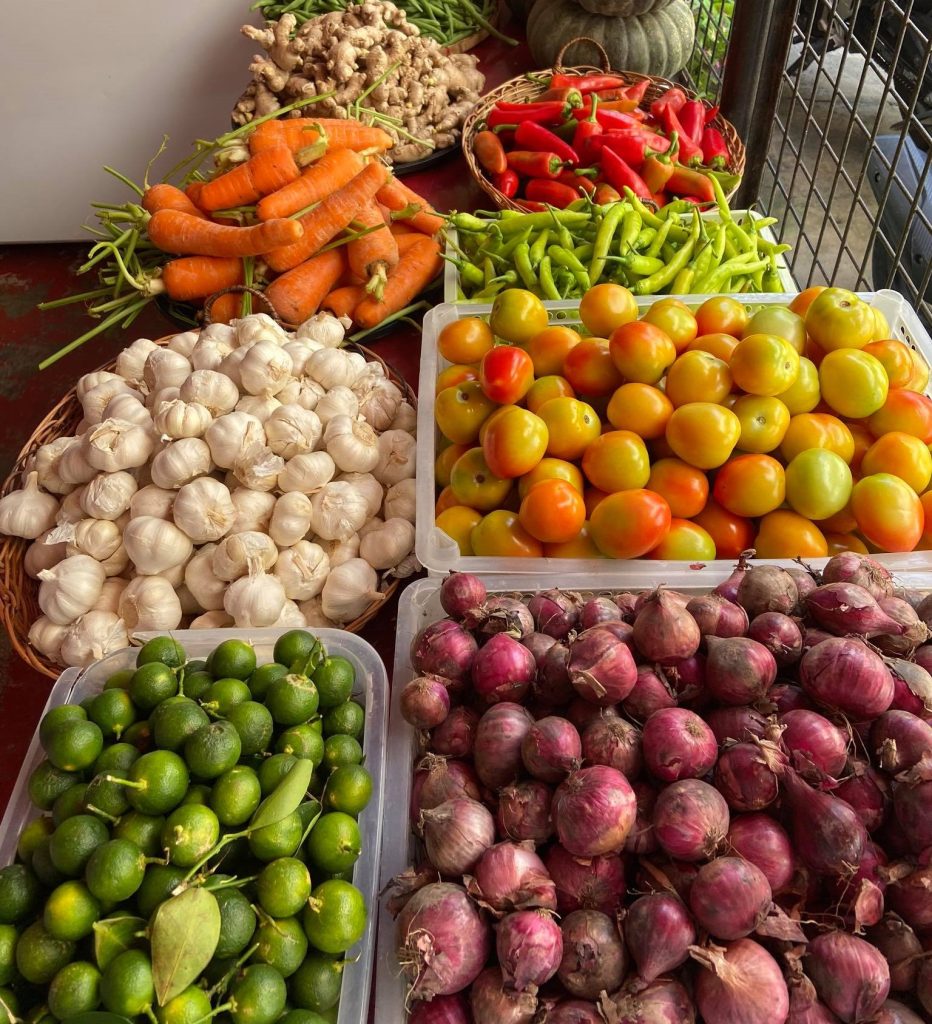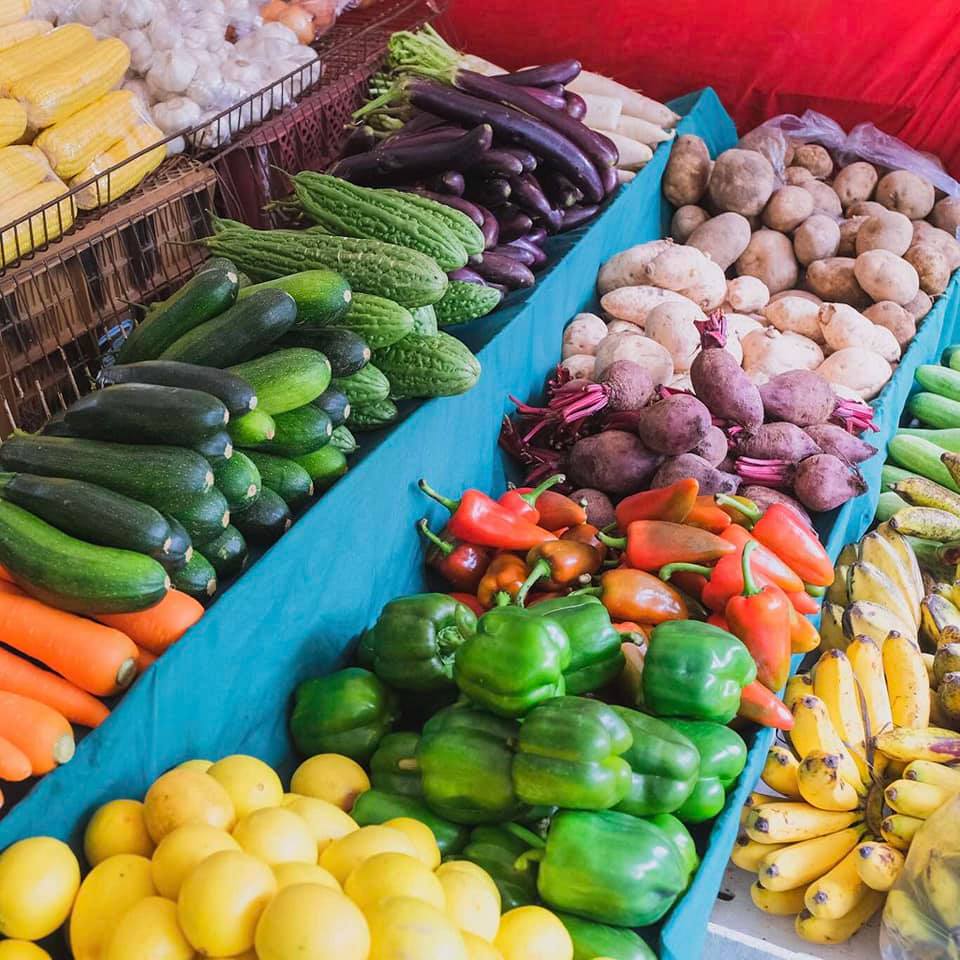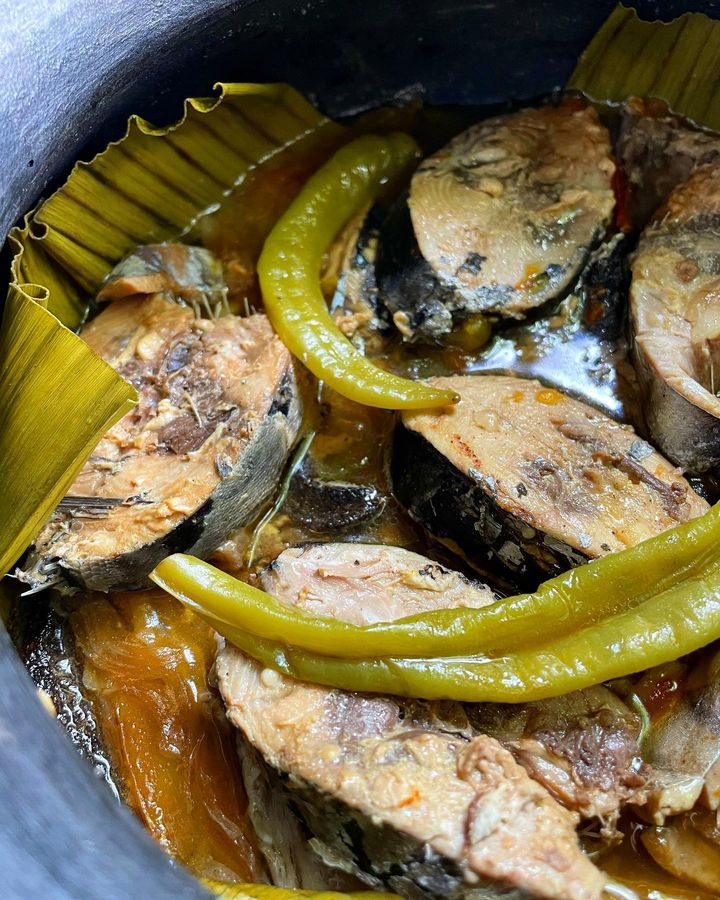
Filipino cuisine, renowned for its vibrant flavors and unique blend of influences, is a celebration of fresh and diverse ingredients. From bustling markets brimming with colorful produce to the heartwarming dishes that grace the Filipino table, the essence of this cuisine lies in its connection to nature’s bounty. Discovering the freshness and richness of ingredients is an essential journey for anyone looking to delve into the heart of Filipino cooking.
At the core of Filipino cuisine are fresh, locally sourced ingredients that add depth and character to every dish. From the tang of calamansi to the earthy aroma of bagoong (fermented shrimp paste), each ingredient brings a distinct element to the table. The aromatic trio of garlic, onions, and tomatoes forms the base of countless Filipino dishes, infusing them with an unmistakable aroma and taste. Fresh seafood, such as succulent prawns and flavorful milkfish, capture the essence of the Philippines’ bountiful waters, while tropical fruits like mangoes and bananas add a sweet, tangy touch to various desserts and savory dishes.

The markets in the Philippines are a treasure trove of fresh produce, buzzing with the energy of vendors and shoppers eager to select the best ingredients for their meals. Visiting local markets like the Dangwa Flower Market in Manila or the Davao City Market in Mindanao is an immersive experience, offering an authentic glimpse into the daily lives of Filipinos and the diverse ingredients that form the backbone of their culinary heritage. From piles of freshly caught seafood to colorful displays of tropical fruits and aromatic herbs, these markets encapsulate the essence of Filipino culture and the importance of fresh, high-quality ingredients.

Filipino cuisine is not just about the ingredients; it’s also about the traditional cooking methods that have been passed down through generations. Adobo, one of the most iconic Filipino dishes, showcases the art of braising meat in soy sauce, vinegar, and garlic, resulting in a rich, savory flavor profile that exemplifies the essence of Filipino comfort food. Sinigang, another beloved dish, highlights the delicate balance between sour tamarind and savory meat or seafood, creating a delightful interplay of flavors that captures the essence of Filipino culinary finesse.

While traditional Filipino cooking techniques remain integral to the country’s culinary identity, modern chefs and home cooks are also experimenting with innovative ways to showcase the freshness of local ingredients. Farm-to-table restaurants and eco-friendly initiatives are gaining traction, emphasizing sustainability and the importance of supporting local farmers and producers. This conscious effort to celebrate fresh, seasonal ingredients is shaping the contemporary landscape of Filipino cuisine, infusing it with a newfound sense of vibrancy and environmental awareness.

From the vibrant markets to the traditional cooking methods and the modern culinary movement, the journey from market to table encapsulates the essence of Filipino cuisine. By embracing fresh ingredients and honoring traditional techniques, Filipino cooking continues to captivate the taste buds of food enthusiasts worldwide. Whether you’re savoring the simplicity of a humble street-side eatery or experiencing the creativity of a top-tier restaurant, the freshness and diversity of ingredients remain at the heart of the Filipino culinary experience.
Looking for other Lutong Bahay Recipes to try on? Feel free to check out our ulam recipes, desserts recipes and snacks recipes.
Some visual and written contents are copyrighted to their respective and considerate owners. We do not claim that these recipes or photos are proprietary to us. If this is yours and you would like it to be removed and not shared with others, please let us know by sending an email to contact @ lutongbahayrecipe.com, you may use our website contact form or by sending a message on our Facebook page. Read our disclaimer.

Leave a Reply